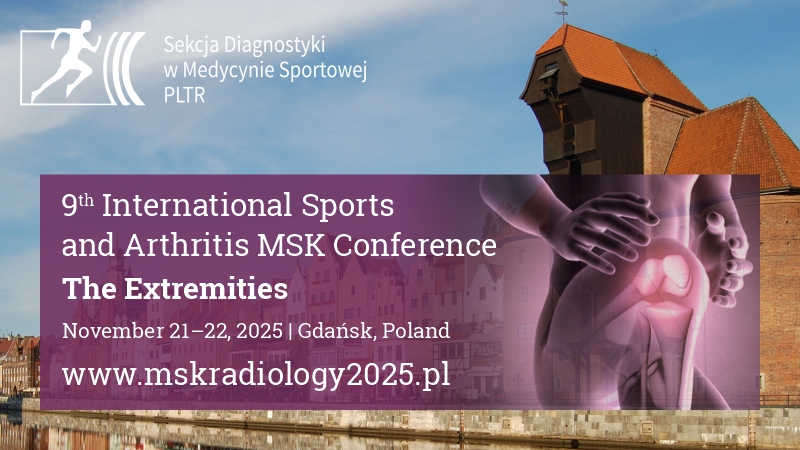Evaluation of liver fibrosis in HCV-infected patients using two-dimensional shear-wave elastography (2D-SWE) before and after antiviral treatment
Marcin Inglot*1, Patryk Pozowski*1, Paula Misiak2, Katarzyna Fleischer-Stępniewska3, Łukasz Lewandowski4, Mateusz Bilski1, Urszula Zaleska-Dorobisz1
 Affiliation and address for correspondence
Affiliation and address for correspondenceAim: Chronic hepatitis C virus infections can lead to liver fibrosis. Appropriate treatment of chronic hepatitis C may result in significant fibrosis reversal. The best method to assess liver fibrosis is an invasive hepatic biopsy. Among non-invasive options, one of the most recent methods is two-dimensional shearwave elastography, which allows real-time visualization of liver stiffness. The purpose of this study was to analyze changes in liver fibrosis among patients with hepatitis C virus receiving direct-acting antiviral therapy. Material and methods: Five different elastographic measurements in kilopascals were performed in a group of 50 patients before direct-acting antiviral treatment, at the end of treatment, and 24 weeks after the end of treatment, using an Aixplorer® (Supersonic Imagine, France) ultrasound device. The results were correlated with biochemical serum tests, specifically the Fibrosis-4 and AspAT-to-platelet ratio indices. Results: Time-dependent alterations of all of the parameters were observed, including a significant decrease in liver stiffness in comparison to baseline values (before treatment). A moderate correlation between liver stiffness measurement values and both Fibrosis-4 and AspAT-to-platelet ratio indices was observed. Interestingly, only liver stiffness and blood platelet count changed over time, regardless of the sex and age of the patient. Conclusions: Two-dimensional shear-wave elastography combined with noninvasive serologic tests like Fibrosis-4 and AspAT-to-platelet ratio indices is a sufficient tool for evaluating liver fibrosis regression during and after direct-acting antiviral therapy.








